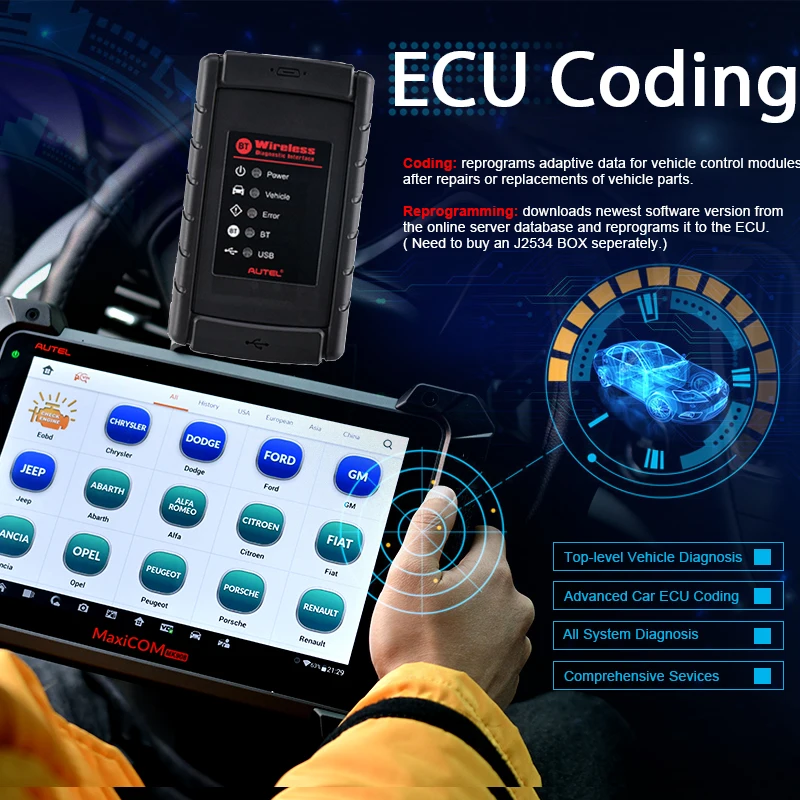
The Diagnostic APIs provide convenience layer on top of D-Server and OTX Runtime components to provide convenience layer for the engineering, assembly end-of-line and after-sales service diagnostic use-cases. The infrastructure components include, Diagnostic APIs, OTX runtime, D-Server APIs and D-PDU APIs. The complexity and size of the ODX data depends on ECU variants and amount of diagnostic services supported by the ECUsĭiagnostic runtime provides infrastructure components for the diagnostic communication over network (CAN, Ethernet etc.). It contains all necessary data for the diagnostic communication for example communication parameters, ECU variant relationship, diagnostic services, units of measures, precision, data-types etc. ODX is a XML based standard to define ECU diagnostic data in OEM independent way. OTX procedures are specified in the standard XML format. OTX is a domain driven graphical programming language and allows one to create automated diagnostic procedures in a graphical manner.

ODX, OTX) as the foundation, thereby paving the way for a highly data driven architecture The diagnostic infrastructure components inside the vehicle allow seamless communication with the ECU network in a manner similar to how the Service tool functions, thereby enabling all the diagnostic use-cases to be executed from remote locations.
#Ecu diagnostic iso
The Embedded diagnostic approach (showcased in this article) leverages ISO Standard specified Infrastructure components (i.e. However, the fact remains, that these solutions can only read diagnostic information pertinent to emission norms, thereby limiting their Value-Add to the service technician from a holistic (On & Off-board) diagnostic perspective. Today, there are numerous solutions available in the market claiming proficient remote diagnostics using OBD-II dongles. On the back of these changing customer dynamics, the Industry is anticipating and envisaging solutions that will enable comprehensive vehicle diagnosis from remote locations.
#Ecu diagnostic software
With ever increasing level of electronics and software components incorporation into vehicles, the customer’s expectations on reduced down-times and servicing turn-around times, are growing in proportion. However, the service tool based approach can fix the problem only when technician is physically present at the vehicle siteĪs mobility is increasingly becoming a norm across Industries, remote vehicle diagnostics can hardly be labelled an exception. There are tools available in the market (through OEMs or IAM vendors) which help service technicians access the status of the various vehicle subsystems, and in accordance troubleshoot the issues and apply repair procedures. The most common approach followed within the automotive industry is to gain access to all the diagnostic data (DTC, measurement values etc.) through the vehicle’s OBD-II port. Abbreviations used in the ArticleĪbility to diagnose a vehicle is a very important aspect of the vehicle architecture. This Article, features one of the most advanced approaches to Vehicle Diagnostics, and highlights the need thereof, to enable service technicians with Next-generation Diagnostic tools, for a fair-pitched battle between the Man and his Machine. Due to this, it increases service turnaround time, repair costs, and more so, it lowers the customer satisfaction.

Today’s service technicians at the dealerships with access to conventional service tools, are constrained by the fact that they have to be near to the vehicle in-order to diagnose and conclude the root cause of the problem. As this quantum increases, it adds to the vehicle complexity, thereby impacting the ability to accurately diagnose, troubleshoot and repair the vehicle.

So, where are these challenges stemming from?Īs today’s vehicles become more advanced, they start relying more and more on the electronic and software content, embedded within. Increasing No-Trouble-Found instances, Reduction in Fix-First-Visit (FFV) rates, Increasing vehicle downtimes, and resultant customer dis-satisfaction, top the list of the afore mentioned challenges. Whilst, there is no denying the feats achieved by the Auto Industry in translating tech advancements to convenience, comfort and superlative driving experiences for the end users, there, however are a few fundamental challenges faced by the Industry, which if not tended to, could become a big sore in the very near future. From the side lines, it’s only fair to think that the Automotive Industry has hit a purple patch, and is on a constant up-swing.


 0 kommentar(er)
0 kommentar(er)
